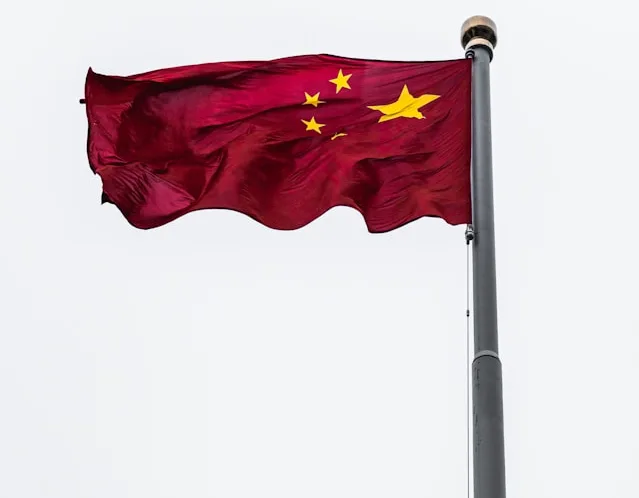Recent diplomatic breakthroughs and shared economic interests suggest that Sino-Indian ties will prove more resilient to US interference under a second Trump administration
As Donald Trump prepares for his second term, his engagement with China and India will be pivotal in shaping the future of Asian geopolitics. Although both nations are emerging global powers, their bilateral ties remain vulnerable to Washington’s strategic calculations, especially given the US’s support for India in its ongoing standoff with China. However, recent developments—including a breakthrough on border issues and shared economic objectives—indicate that China and India may emerge more resistant to external influence, including that of the United States, in the coming years.
The longstanding territorial dispute between China and India over their Himalayan border has been a source of tension for decades. The two countries fought a brief war in 1962 and again skirmished in 1967. A series of smaller military confrontations followed in the 2010s, culminating in the bloody Galwan Valley clash in June 2020, where at least 24 soldiers were killed. This conflict severely strained relations between the two Asian giants, leading to heightened military deployments along the border, trade restrictions, and retaliatory measures. India took steps to limit Chinese investments, blocking hundreds of applications from Chinese companies and expelling Chinese journalists. In response, Beijing imposed its own countermeasures, marking a low point in Sino-Indian relations.
Under the Trump administration, the United States sided firmly with India, providing it with critical intelligence and defence support during the Galwan conflict. Washington’s support for New Delhi extended beyond the border issue, with the two countries strengthening military cooperation and signing agreements such as the Basic Exchange and Cooperation Agreement on Geospatial Cooperation. This strengthened the US-India relationship, with the United States positioning itself as a counterweight to China’s influence in Asia.
Embed from Getty ImagesThe Biden administration continued this trajectory, reiterating support for India in its rivalry with China. The US also expanded its cooperation with India through the Quadrilateral Security Dialogue (Quad), a strategic alliance that includes Japan and Australia. In early 2024, US President Joe Biden labelled China as an aggressor during a Quad summit, further intensifying Sino-American tensions. Beijing, naturally, viewed these developments with concern, accusing Washington of destabilising the region and leveraging India against China.
However, a shift in the dynamic between India and China seems to be on the horizon. Last month, India and China reached an agreement to ease tensions along their border. The deal, which does not resolve the underlying territorial dispute, is seen as a significant step towards stabilising their relationship. It provides a framework for de-escalation, normalising military exchanges, and ensuring that future border tensions are managed peacefully. For India, this agreement offers an opportunity to reduce its reliance on US strategic support, which has been a key driver of its participation in the Quad.
This breakthrough is not just political—it also holds economic implications. With tensions alleviated, India can focus on strengthening its trade and investment ties with China, which is crucial for its economic ambitions. As India seeks to position itself as a global manufacturing hub, stable relations with China could open the door for increased Chinese investment. India has already begun to approve Chinese investment projects on a case-by-case basis, and this could accelerate following the border agreement.
For China, a stable relationship with India counters New Delhi’s growing alignment with the United States. The prospect of access to India’s vast consumer market is an attractive proposition for China, particularly as its own domestic economy faces challenges such as a slowdown in real estate and declining consumer spending. Strengthened Sino-Indian economic ties could provide a buffer against these pressures.
Looking ahead, Trump’s trade policy is likely to play a significant role in shaping Sino-Indian relations. The former president has pledged to impose high tariffs on Chinese imports, potentially targeting India as well. His administration’s trade frictions with India, including the steel and aluminium tariffs and the revocation of India’s preferential trade treatment, suggest that India could face additional punitive measures. In this context, China and India may find it beneficial to collaborate more closely, sharing access to their respective markets to mitigate the impact of US tariffs.
The fallout from the Galwan conflict allowed the United States to deepen its ties with India and bolster its strategic position in Asia. However, as China and India move toward rapprochement, the US will need to recalibrate its strategy. In the Trump 2.0 era, Washington’s reliance on India’s rivalry with China may no longer be a sustainable approach. Instead, the United States will have to navigate a more complex regional dynamic, where China and India are better positioned to resist external pressures and cooperate for mutual benefit.
